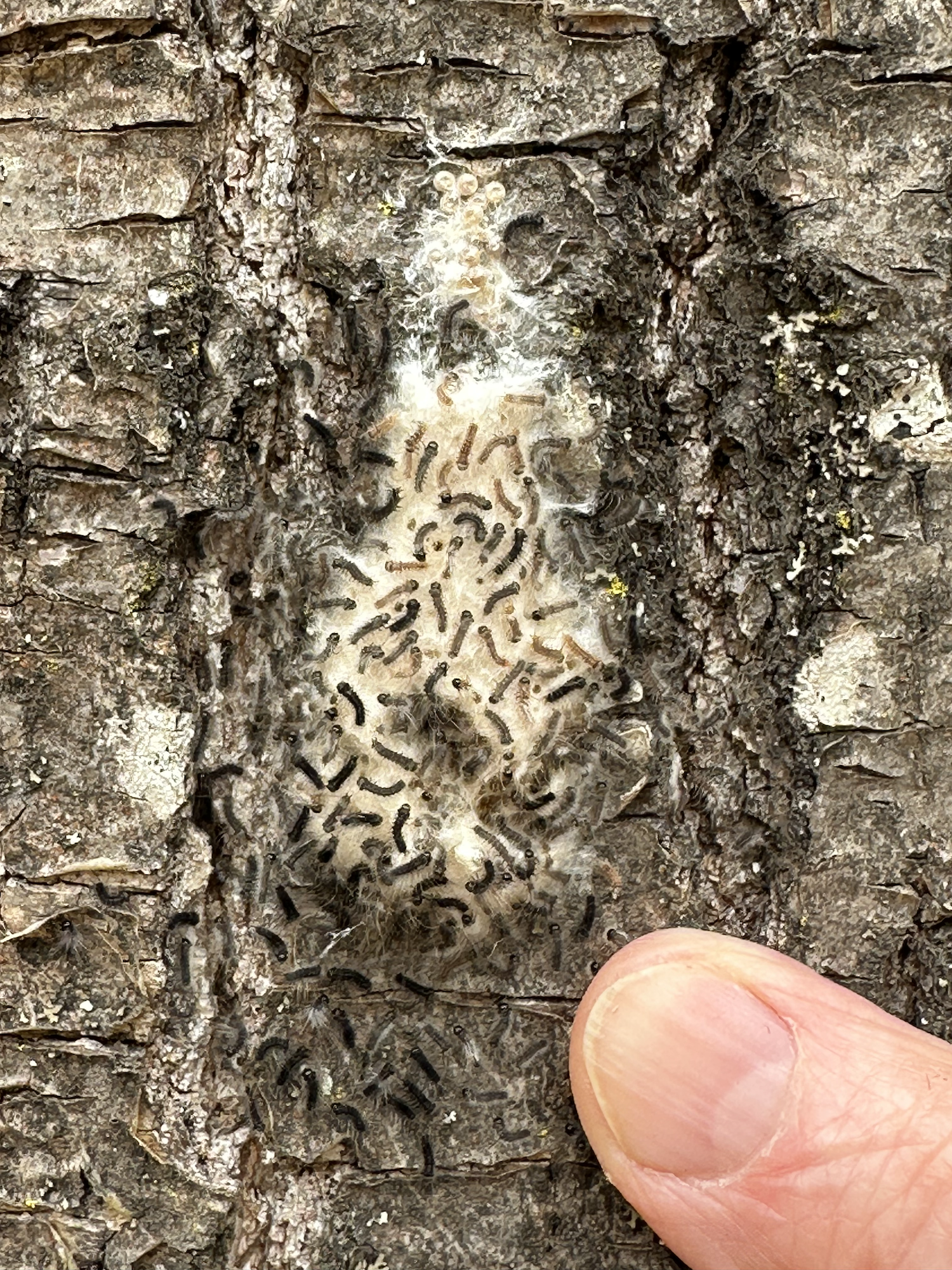Wild Madeline Project Update: Deer
/In conjunction with assessing wildlife species and populations, the Wild Madeline and APIS projects also monitor white-tailed deer behavior. This is done through an arduous tagging process that records how each deer is behaving in each photo. Our goal is to see how deer act in the presence or absence of predators like coyotes or wolves. We tag deer behavior by determining whether they have their heads up or down, if they are foraging, vigilant or interacting, and if they are staring into the camera. And this is done for each deer in every photo — that's a lot of photos! So, for this particular photo, both deer would have their head up and would be marked as “camera stares”. We don’t know what makes them stare at the camera, but it does happen from time to time. This photo is particularly interesting because male deer are usually not seen near fawns as male deer play no role in fawn rearing. Is this fawn the offspring of the buck? Why did the doe allow this buck to get so close to the fawn? Is this just a chance encounter captured on camera? These are questions we have but will likely never know the answers to. Photo captured July 30, 2022…
Read More


























